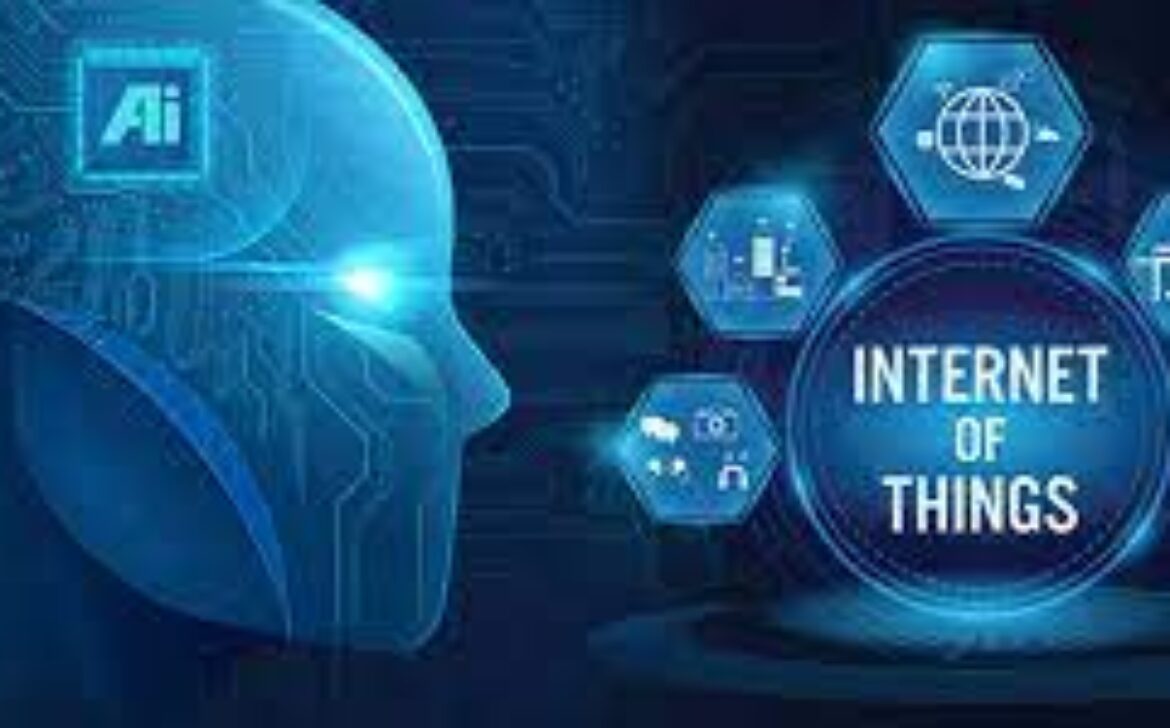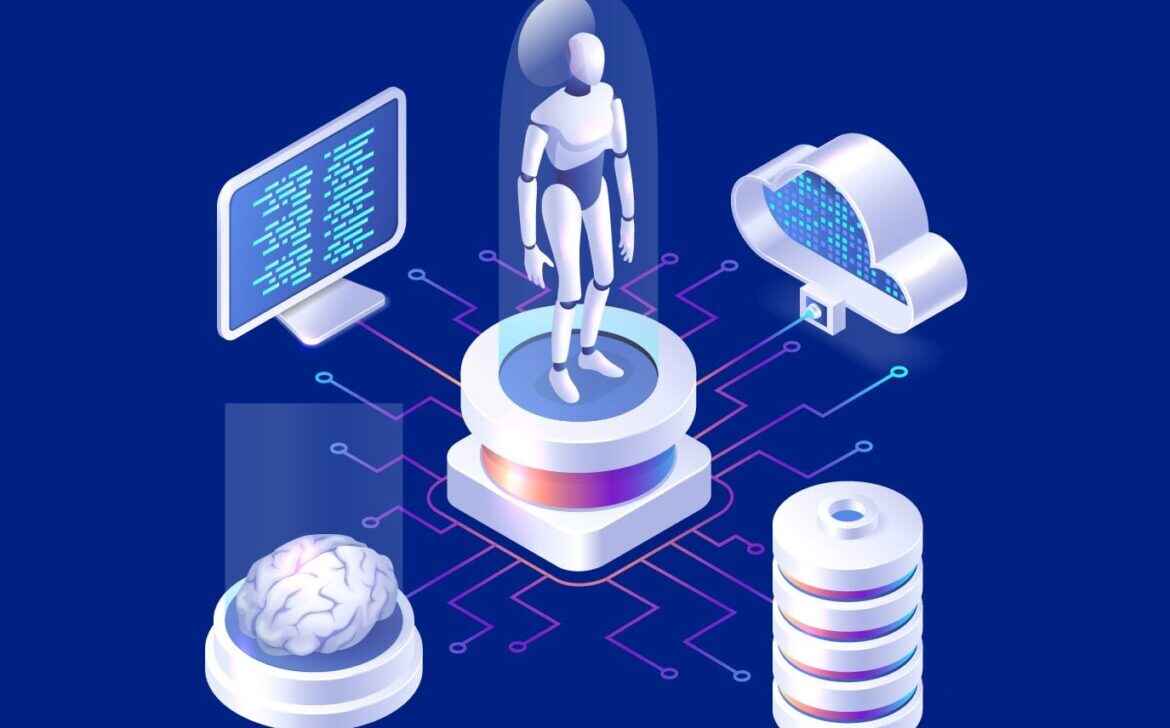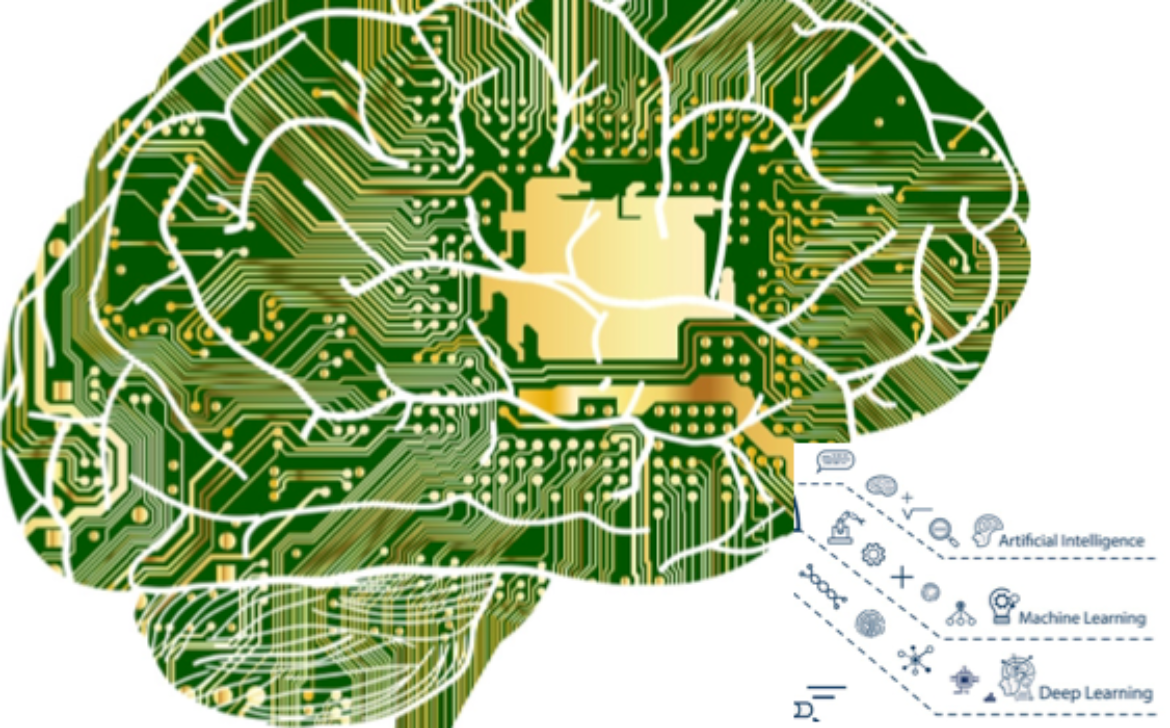The Future of Design: Empowering Creativity with AI-Enabled Conceptual Design

In the realm of design, a revolution is underway, driven by the fusion of human ingenuity and artificial intelligence. AI-Enabled Conceptual Design is breaking new ground, promising to transform how we envision and create products, architecture, and art. Let’s explore the profound impact of this technology on the creative process.
The Essence of AI-Enabled Conceptual Design
At its core, AI-Enabled Conceptual Design harnesses the computational power of artificial intelligence to augment the human creative process. By analyzing vast datasets, recognizing patterns, and generating design concepts, AI becomes a co-creator, providing fresh perspectives and fueling innovation.
Generative Design: Collaborating with AI
Generative Design is a flagship application of AI in the design domain. Here, designers input design parameters and constraints, and AI algorithms produce a multitude of design variations. This iterative process encourages experimentation, leading to more innovative and efficient outcomes.
Expanding the Boundaries of Creativity
AI-Enabled Conceptual Design goes beyond automation; it expands creative possibilities. By offering alternative design options, designers can explore uncharted territory, discover novel solutions, and iterate quickly. This fosters a culture of continuous improvement and innovation.
AI and Sustainability
Sustainability is a critical aspect of modern design. AI can help designers optimize materials, reduce waste, and create eco-friendly designs. By considering factors such as energy efficiency and recyclability, AI-Enabled Conceptual Design contributes to a more sustainable future.
Cross-Disciplinary Applications
AI-Enabled Conceptual Design transcends traditional design fields. It finds applications in architecture, industrial design, fashion, and more. The same AI technology that aids in designing energy-efficient buildings can also inspire the creation of sustainable fashion collections.
Human-AI Collaboration
AI doesn’t replace human creativity; it enhances it. Designers and AI algorithms collaborate, with humans providing context, aesthetics, and emotional intelligence. The result is a harmonious fusion of human intuition and machine precision.
Challenges and Ethical Considerations
As AI plays a more prominent role in design, ethical considerations become vital. Issues such as bias in design data and the responsibility of designers in shaping AI-generated concepts must be addressed to ensure equitable and ethical design practices.
The Future of Design Unveiled
AI-Enabled Conceptual Design is redefining the boundaries of what’s possible in the creative world. As AI continues to evolve, designers have an invaluable partner in their quest to innovate and create. Together, they are shaping a future where imagination knows no limits.











